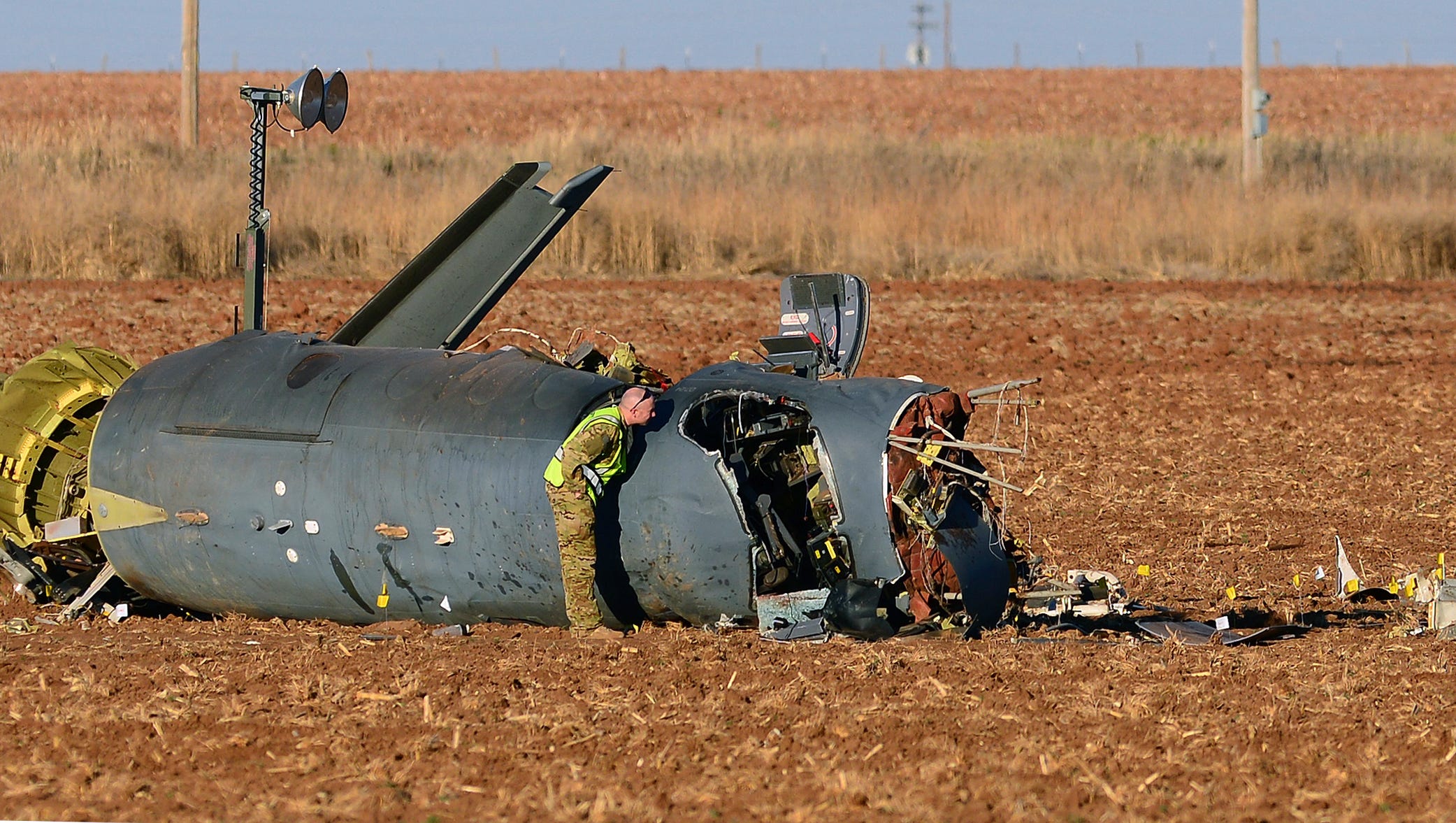Unraveling The Mystery Of USAir Flight 427 Crash: A Story That Changed Aviation Forever
On September 8, 1994, the aviation world was shaken by the tragic crash of USAir Flight 427. This Boeing 737-300, bound for Chicago, never made it to its destination. Instead, it plummeted into a field near Pittsburgh, Pennsylvania, leaving no survivors. The crash not only sent shockwaves through the industry but also sparked one of the most extensive investigations in aviation history. Today, we’ll dive deep into the events surrounding this tragedy, the investigation that followed, and how it reshaped air safety as we know it.
As we explore the USAir Flight 427 crash, you’ll uncover the intricate details of what went wrong that fateful night. From technical failures to human error, this incident is a stark reminder of how even the smallest oversight can have devastating consequences. But it’s also a story of resilience and progress, as the lessons learned from this tragedy have led to significant improvements in aviation safety.
This article isn’t just about recounting the events; it’s about understanding why they happened and how the industry responded. So buckle up, because we’re about to take you on a journey through one of the most pivotal moments in aviation history. Let’s get started!
Table of Contents
- Background of USAir Flight 427
- Details of the Crash
- Investigation Process
- Key Findings
- Impact on Aviation Safety
- Lessons Learned
- Boeing’s Response
- FAA’s Role
- Support for Families
- Conclusion
Background of USAir Flight 427
Before we dive into the crash itself, let’s take a step back and understand the context. USAir Flight 427 was a regularly scheduled domestic flight operated by USAir, a major airline at the time. The Boeing 737-300 aircraft was considered one of the most reliable planes in the fleet. But on that fateful day, everything changed.
Flight Path and Crew
The flight departed from Chicago O’Hare International Airport, destined for Pittsburgh International Airport. The crew consisted of experienced pilots who had logged countless hours in the air. But even the most seasoned professionals couldn’t foresee what was about to unfold. As the plane approached Pittsburgh, the unthinkable happened.
Now, let’s break down the key factors that contributed to this tragedy:
- Weather conditions were reported as normal
- The aircraft had undergone routine maintenance
- No distress signals were sent before the crash
Details of the Crash
The crash of USAir Flight 427 occurred just moments before it was supposed to land. Witnesses described seeing the plane spiraling out of control before hitting the ground. The impact was so severe that the aircraft disintegrated, leaving no survivors among the 132 passengers and crew on board.
What Happened in Those Final Moments?
As the plane approached Pittsburgh, it suddenly began to roll to the left, followed by a rapid descent. The pilots fought to regain control, but it was too late. The black box recordings revealed that the crew was aware of the problem but couldn’t identify the cause in time. This raised critical questions about the aircraft’s systems and the training of the pilots.
Investigation Process
The investigation into the USAir Flight 427 crash was led by the National Transportation Safety Board (NTSB). It was one of the most extensive and complex investigations in aviation history. The NTSB left no stone unturned, examining every possible factor that could have contributed to the crash.
Key Areas of Focus
The investigation team focused on several critical areas:
- Flight data recorder analysis
- Cockpit voice recorder review
- Aircraft system evaluations
- Human factors and pilot training
It wasn’t just about finding out what happened; it was about understanding why it happened. The NTSB worked closely with Boeing, the FAA, and other experts to piece together the puzzle.
Key Findings
After months of painstaking analysis, the NTSB released its findings. The crash was attributed to a malfunction in the rudder control system of the Boeing 737-300. Specifically, a valve in the hydraulic system had reversed the rudder’s movement, causing the plane to roll uncontrollably.
Why Did the Valve Fail?
Further investigation revealed that the valve could fail under certain conditions, particularly when subjected to high stress. This was a design flaw that Boeing had overlooked. The NTSB also noted that the pilots’ training did not adequately prepare them for such a rare and catastrophic failure.
Impact on Aviation Safety
The crash of USAir Flight 427 had a profound impact on the aviation industry. It led to sweeping changes in aircraft design, pilot training, and regulatory oversight. The lessons learned from this tragedy have made flying safer for millions of people around the world.
Changes in Aircraft Design
Boeing quickly implemented design changes to address the rudder control issue. The company introduced redundant systems and improved testing protocols to ensure that such failures would not happen again. These changes set a new standard for aircraft safety.
Lessons Learned
Every tragedy teaches us something valuable, and the USAir Flight 427 crash was no exception. Here are some key takeaways:
- Redundancy is crucial in critical systems
- Pilot training must cover rare but catastrophic scenarios
- Regulatory oversight must be rigorous and proactive
These lessons have been integrated into aviation practices worldwide, ensuring that future generations of pilots and passengers benefit from the sacrifices made on that fateful day.
Boeing’s Response
Boeing took immediate action in response to the findings. The company worked closely with regulators to implement changes that would prevent similar incidents. This included redesigning the rudder control system and enhancing pilot training programs.
A Commitment to Safety
Boeing’s response demonstrated a commitment to safety and transparency. The company acknowledged the design flaw and took responsibility for addressing it. This proactive approach helped restore public confidence in the Boeing 737 and the aviation industry as a whole.
FAA’s Role
The Federal Aviation Administration (FAA) played a critical role in the aftermath of the crash. The agency worked closely with Boeing and the NTSB to ensure that all necessary changes were implemented. The FAA also strengthened its regulatory framework to better monitor aircraft safety.
Enhancing Oversight
The FAA introduced new regulations that required more rigorous testing and certification of aircraft systems. This ensured that any potential flaws were identified and addressed before they could cause harm. The agency also increased its focus on pilot training and emergency procedures.
Support for Families
One of the most heart-wrenching aspects of any tragedy is the impact on the families of the victims. In the case of USAir Flight 427, the airline and government agencies worked tirelessly to support those left behind. Counseling services, financial assistance, and ongoing communication were provided to help them cope with their loss.
Remembering the Victims
Each of the 132 lives lost on USAir Flight 427 left an indelible mark on the world. Their stories remind us of the importance of safety and the need to continuously improve the systems that protect us. Memorials and remembrance events have been held to honor their memory and ensure that their legacy lives on.
Conclusion
The crash of USAir Flight 427 was a devastating event that changed the aviation industry forever. Through the dedication of investigators, engineers, and regulators, significant improvements have been made to ensure that such tragedies are minimized. As we remember the victims, we must also recognize the progress that has been made and the ongoing commitment to safety that continues to this day.
So, what can you do? Share this article with others to spread awareness about the importance of aviation safety. Leave a comment below if you have any questions or thoughts about the topic. And don’t forget to explore other articles on our site for more insights into the world of aviation. Together, we can make a difference!



Detail Author:
- Name : Kathleen Moen
- Username : lorna.keeling
- Email : fbednar@romaguera.com
- Birthdate : 1989-01-01
- Address : 3828 Rodolfo Lodge Apt. 965 New Cloydville, PA 26517
- Phone : +1-531-832-5336
- Company : Pacocha LLC
- Job : Insulation Worker
- Bio : Repellendus voluptas ut iusto. Minus inventore nam quasi reprehenderit culpa suscipit. Ut ea tempora deserunt animi et a architecto.
Socials
instagram:
- url : https://instagram.com/adrianna_kilback
- username : adrianna_kilback
- bio : Eum nam totam eum aut. Molestiae tempore non et. Ad molestias enim quam enim et magnam.
- followers : 218
- following : 1269
linkedin:
- url : https://linkedin.com/in/adrianna_kilback
- username : adrianna_kilback
- bio : Quia non ut facere sed.
- followers : 182
- following : 210
tiktok:
- url : https://tiktok.com/@adrianna8999
- username : adrianna8999
- bio : Et inventore commodi expedita nemo quia qui praesentium.
- followers : 4764
- following : 1831
facebook:
- url : https://facebook.com/adrianna_kilback
- username : adrianna_kilback
- bio : Recusandae error perferendis sunt quae amet. Aut fugit explicabo occaecati aut.
- followers : 3129
- following : 2072
twitter:
- url : https://twitter.com/adrianna_official
- username : adrianna_official
- bio : In eum illum earum maxime autem. Sequi veniam quia natus nesciunt non.
- followers : 210
- following : 418